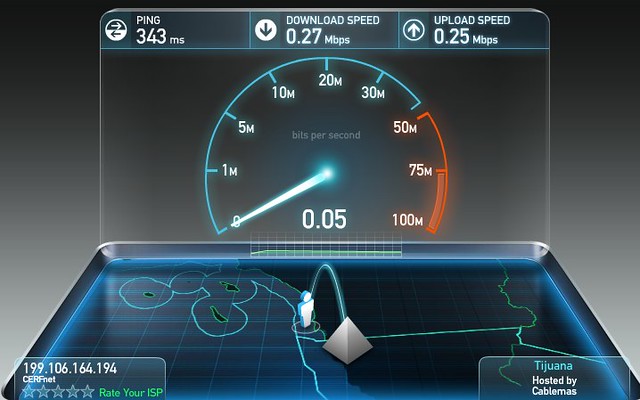A Note About Images: The images used in our articles are for illustration purposes only and may not exactly match the content. They are meant to engage readers, but the text should be relied upon for accurate information.
In a world where speed and efficiency reign supreme, the need for optimized web content is more critical than ever. Enter WebP images, a modern format developed by Google to revolutionize the way we experience images on the web. With superior compression and quality characteristics, WebP offers a new standard for visual content that is faster, more efficient, and visually stunning.
What is WebP?
WebP is a cutting-edge image format designed to provide superior compression for web images. Developed by Google, WebP aims to reduce image sizes without compromising quality, allowing websites to load faster and improve user experience. This modern format is a game-changer for webmasters, web developers, and digital content creators looking to enhance their online presence.
- WebP Development: Developed by Google, WebP is a revolutionary image format that aims to reduce image sizes on the web, improving loading times without sacrificing quality.
Why Use WebP?
-
Smaller File Sizes: WebP images are 25-34% smaller in size compared to traditional PNGs and JPEGs, leading to quicker page loads and improved user experience.
-
Transparency Support: Unlike JPEG, WebP supports transparency in both lossy and lossless formats, making it a versatile choice for web graphics.
-
Animation Feature: WebP supports animation, offering smaller file sizes with better quality compared to the GIF format.
How Does WebP Work?
-
Predictive Coding: WebP uses predictive coding to encode images, similar to the VP8 video codec, resulting in smaller image sizes without compromising quality.
-
Lossless Compression: WebP uses advanced techniques like dedicated entropy codes for different color channels to efficiently compress images in a lossless format.
Compatibility and Usage
-
Browser Support: WebP is supported in major browsers such as Chrome, Firefox, Edge, and Opera, making it increasingly practical for web use.
-
Fallback Solutions: Some browsers and devices may not fully support WebP, leading developers to implement fallback solutions to ensure image compatibility.
Converting Images to WebP
-
Tools and Services: Various tools and services are available for converting images to WebP, including Google’s cwebp command-line tool.
-
Quality Adjustment: When converting images to WebP, users can adjust quality levels to find the perfect balance between size and visual fidelity.
Benefits of WebP for SEO
-
Faster Loading Times: Smaller image sizes lead to faster loading times, directly contributing to better search engine rankings due to improved page speed.
-
Bandwidth Reduction: WebP helps reduce the bandwidth needed to load web pages, creating a more efficient and cost-effective web environment.
Challenges with WebP
-
Compatibility Issues: Despite its advantages, WebP adoption has been slow due to compatibility issues across browsers, leading developers to maintain multiple image versions.
-
Loss of Quality: Some users report a loss of quality when converting images to WebP, particularly at higher compression levels.
Future of WebP
-
Continued Development: Google continues to invest in WebP, integrating it with other web technologies and enhancing its compression algorithms for the future.
-
Widespread Adoption: As browser support for WebP increases, barriers to its adoption are likely to decrease, making it a universally accepted image format.
WebP and Mobile Devices
-
Mobile Optimization: WebP’s reduced file sizes are beneficial for mobile browsing, leading to faster loading times and improved user experiences on slower networks.
-
Data Efficiency: Developers can significantly decrease data usage in mobile apps and websites by incorporating WebP images, especially beneficial in regions with expensive or limited data plans.
Creative Uses of WebP
-
Versatile Applications: WebP images are not limited to web pages and are also used in mobile applications, video games, and software that require efficient image storage.
-
Visual Effects: Web designers are leveraging WebP’s features, such as transparency and animation, to create visually striking effects that were previously challenging to achieve with other image formats.
A Final Brushstroke on WebP
WebP images represent a leap forward in web efficiency, offering smaller file sizes, faster loading times, and enhanced user experiences without compromising on quality. Embracing WebP means stepping into a future where visual content is optimized for modern standards and user expectations. As technology evolves, WebP images are poised to become the norm, shaping the future of digital imagery on the web. Let’s embrace the innovation of WebP and paint a brighter future for the internet’s visual landscape.
Conclusion
Embracing the future of WebP images means embracing a future of efficiency, optimization, and visual brilliance on the web. As we journey through the vibrant landscape of digital content creation, WebP stands as a beacon of progress, offering a new standard for image quality and performance online. Let’s continue to explore the possibilities of WebP and harness its potential to create visually stunning and efficient web experiences for all.






